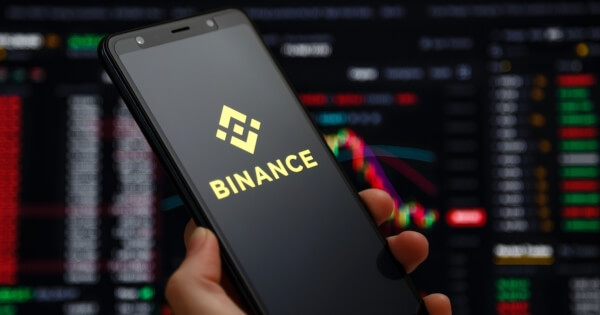Binance announces the removal of select spot trading pairs on March 8, 2024, as part of its ongoing efforts to optimize the trading market, protect users, and foster a healthy cryptocurrency ecosystem.
Binance, one of the world’s leading cryptocurrency exchanges, has announced its plans to remove several spot trading pairs from its platform on March 8, 2024. The decision comes as part of the exchange’s periodic review process, which aims to maintain a high-quality trading market and protect users’ interests.
According to the official announcement, Binance will cease trading for the following spot trading pairs at 03:00 UTC on March 8, 2024: AERGO/BTC, ALGO/BNB, CTSI/BNB, FARM/BTC, FUN/ETH, and XLM/BNB. The exchange has advised users to update or cancel their Spot Trading Bots associated with these trading pairs prior to the cessation of services to avoid potential losses.
It is important to note that the delisting of these spot trading pairs does not affect the availability of the tokens on Binance Spot. Users can still trade the base and quote assets of the affected trading pairs on other available trading pairs within the platform.
Binance regularly conducts reviews of its listed spot trading pairs to ensure optimal liquidity and trading volume. The exchange considers multiple factors when making the decision to delist trading pairs, prioritizing the protection of its users and the overall health of the trading market.
This announcement follows Binance’s established delisting guidelines, which are designed to be transparent and fair to all users. The exchange has provided a list of frequently asked questions (FAQs) to address common concerns and clarify the delisting process for affected tokens and spot trading pairs.
As the cryptocurrency market continues to evolve, exchanges like Binance must adapt and make necessary adjustments to their offerings. By removing underperforming or illiquid trading pairs, Binance aims to streamline its platform, improve user experience, and maintain a robust trading environment for its global user base.
The delisting of spot trading pairs is not an uncommon practice among cryptocurrency exchanges. In the past, Binance and other major exchanges have removed trading pairs that failed to meet certain liquidity and trading volume thresholds. This process helps to concentrate trading activity on more active and liquid markets, thereby enhancing overall market efficiency and user experience.
Moreover, the removal of underperforming trading pairs can also help to reduce the potential for market manipulation and other malicious activities. By focusing on high-quality and actively traded pairs, exchanges can better monitor and maintain the integrity of their trading markets.
Binance’s commitment to regular market optimization through the review and delisting of spot trading pairs demonstrates the exchange’s proactive approach to ensuring a healthy and sustainable trading environment. This ongoing process helps to protect users’ interests, foster trust in the platform, and support the long-term growth and development of the cryptocurrency industry as a whole.
Users are encouraged to stay informed about the latest updates and announcements from Binance by following the exchange’s official communication channels, including their website, blog, and social media accounts. As always, it is crucial for cryptocurrency traders and investors to conduct thorough research, understand the risks involved, and make well-informed decisions when participating in the market.
As Binance continues to lead the way in the cryptocurrency exchange space, its efforts to maintain a high-quality trading market through the strategic delisting of spot trading pairs serve as an example for other exchanges to follow. By prioritizing user protection, market efficiency, and long-term sustainability, Binance is helping to build a more robust and trustworthy cryptocurrency ecosystem for all participants.
Image source: Shutterstock
